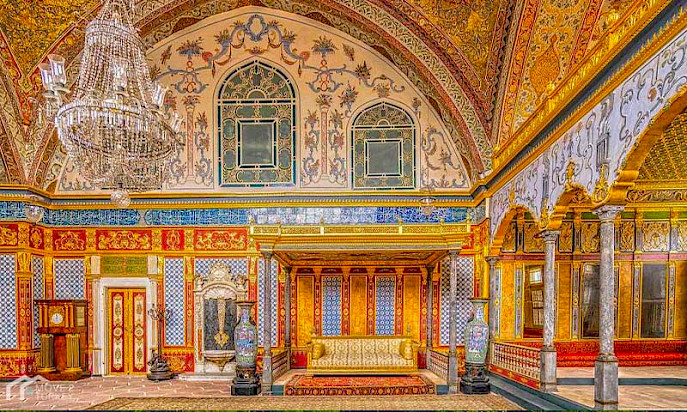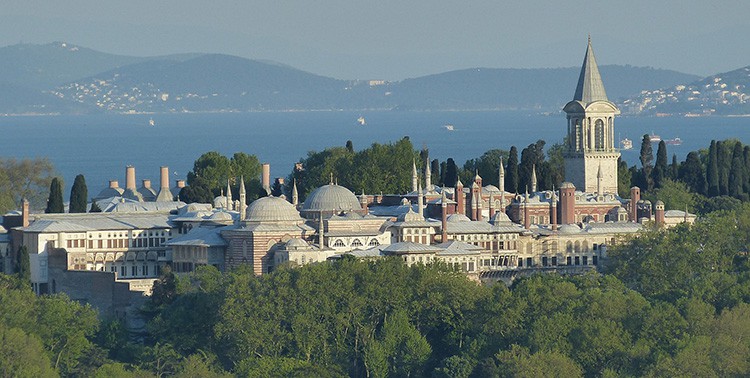Topkapı Palace Istanbul | Historical Sites in Turkey
Topkapi has more stories than most museums in the world combined. From the 15th to the 19th centuries, it was the court of the Ottoman Empire, where lustful sultans, ambitious courtiers, beautiful concubines and scheming eunuchs lived and worked here. Visit the palace’s magnificent pavilions, treasure vaults filled with jewels, and huge harems to give you a glimpse of their lives. The conqueror Muhammad built the first phase of the palace shortly after the conquest in 1453 and lived here until his death in 1481. Later sultans lived in this thin environment until the 19th century, when they moved to the gorgeous European-style palace they built on the coast of the Bosphorus. Before you enter the palace’s Bab-ı Hümayun, take a look at the gorgeous buildings on the cobblestone square outside. This is a rococo-style fountain of Sultan Ahmed III, built in 1728 by the tulip-loving Sultan.
First court Go through the imperial gate and enter the first court, it is called the court of the guards or the court of parade. On your left is the Byzantine church of Hagia Eirene, usually called Aya İrini. Second court The middle gate (Ortakapı or Bab-üs Selâm) leads to the second court of the palace and is used to manage the empire. In the Ottoman era, only the sultan and the sultan (the sultan's mother) could ride through the central gate. Everyone else, including the Grand Vizier, had to dismount. The Second Court has a beautiful park-like environment. Unlike typical European palaces, Topkapi is a series of pavilions, kitchens, barracks, audience rooms, kiosks and bedrooms built around a central wall.

HAREM
The entrance to the harem is located under the Tower of Justice on the west side of the Second Court. If you decide to visit-we strongly recommend you to do so-you need to buy a dedicated ticket. When the room is closed for repair or stabilization, the route of visitors through the harem will change, so some areas mentioned here may not be open during your visit.
As is generally believed, the harem is a place where the sultan can debauch at will. In a more prosaic reality, these are royal residences, and every detail of harem life is governed by traditions, obligations, and rituals. The word "harem" literally means "prohibited" or "private".
The sultan supports up to 300 concubines in the harem, although the number is usually lower than this number. After entering the harem, the girls will learn Islamic and Turkish culture and language, as well as the arts of makeup, dress, manners, music, reading, writing, embroidery and dance.
They then entered a meritocracy, first as ladies-in-waiting to the sultan's concubines and children, then to the Valide sultan and finally – if they were particularly attractive and talented – to the sultan himself.
The sultan was allowed by Islamic law to have four legitimate wives, who received the title of kadın (wife). If a wife bore him a son she was called Haseki Sultan; if she bore him a daughter, haseki kadın.
Ruling the Harem was the Valide Sultan, who often owned large landed estates in her own name and controlled them through black eunuch servants. Able to give orders directly to the grand vizier, her influence on the sultan, on his wives and concubines, and on matters of state was often profound.
The earliest of the 300-odd rooms in the Harem was constructed during the reign of Murat III (r 1574–95); the harems of previous sultans were at the now-demolished Eski Sarayı (Old Palace), near present-day Beyazıt Meydanı



